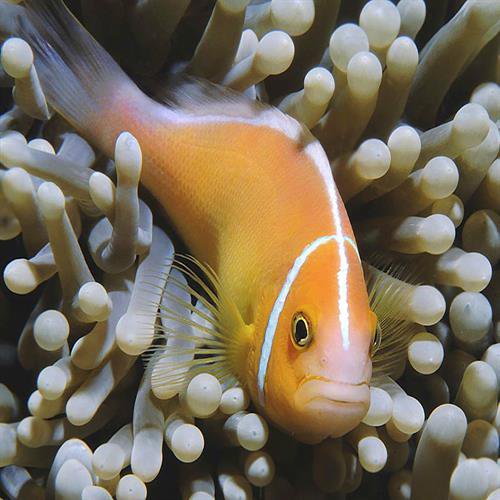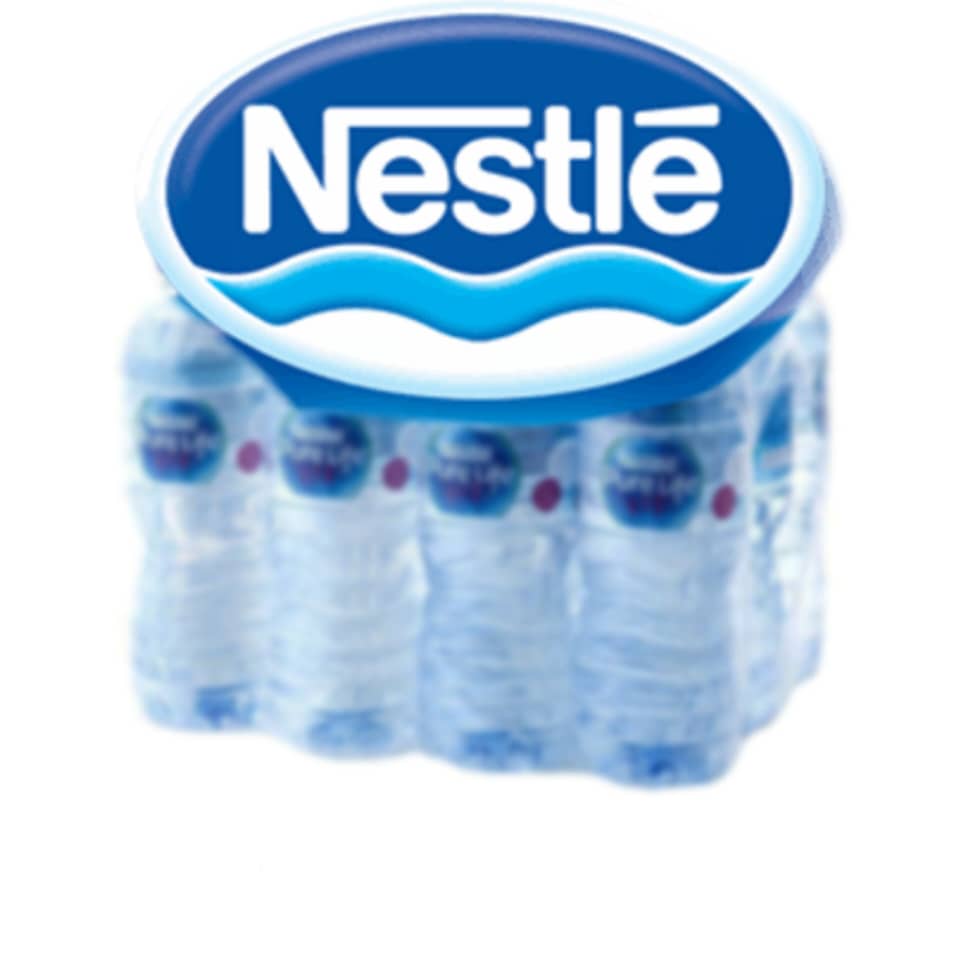
- Seen : 569 View
Pink Skunk Clownfish (Pink Skunk Clownfish and other names: Pink Anemonefish, White-maned Anemonefish, False Skunk Striped Clown, Whitebanded Anemonefish, Salmon Clownfish), which is also known as false clownfish in Iran, lives in the Indian Ocean and West Pacific, East Africa, Madagascar, Comoros Islands, Seychelles and Seribo (in Java Sea) and Andaman Sea. Their places of residence are shallow coastal water rocks (about 15 meters deep) that are exposed to strong water currents.
are normal or neutral (Hermaphrodite); It means that every person has male and female sexual organs at the same time; So they are able to play the role of male or female. They reach 11 cm in natural environment and 6 cm in aquarium; Therefore, an aquarium with a volume of at least 90 liters is recommended for keeping them. They can be kept with smaller fishes, they are not interested in eating aquarium invertebrates. In terms of swimming surface, they are mostly intermediate and shallow.
Skunk clownfish live among the arms of sea anemones and are very dependent on their anemone host; So that they rarely leave it. Their preferred hosts are: Ritteri Anemone, Heteractis magnifica, Sebae Anemone, Heteractis crispa, Long Tentacle Anemone, Macrodactyla doreensis, and Giant Carpet Anemone, Stichodactyla gigantea ).
Conditions for keeping in the aquarium:
Skunk clownfish can be kept by beginners. They are a good choice for both intermediates and professionals. They are not strong swimmers, they are sensitive to adverse or sudden changes in the water, and they get anxious and depressed easily. Pink skunk clownfish require a stable aquarium with good water quality and relatively peaceful neighbors of their own size. They live well in both fish and rock aquariums. Species that have been taken alive from open water are much more vulnerable in the aquarium, and as prevention, they should first receive a fresh water bath and then treatment against the Brooklynella pathogen.
Although a 90-liter aquarium is enough for them, since they are sensitive to chemical changes in the water, if their aquarium is bigger, the water will be more stable and their maintenance will be easier. If you don't have sea anemones in your aquarium, provide them with plenty of rocks and holes. They don't necessarily need anemones; But if an anemone host is available for them, they will be more relaxed and it will be easier for them to bear stress. In this case, you should adjust the water conditions, aquarium volume, lighting, etc. according to the needs of the anemones.
Pink skunks will usually get sick if they are abused by other fish. They get along with most peaceful clowns except Maroons, Clarkies, and Tomatoes. Small peaceful or semi-aggressive fish such as Fairy, Flasher and Ross are suitable neighbors for them; Of course, you have to settle the skunks first. Without an anemone host, do not keep them with flying heads or other large heads and large thalassomes. Never keep pink skunks with fish that can easily swallow them, such as dottybacks, groupers, and large eels.
They like hard water. A temperature of 23 to 28 degrees Celsius and a pH equal to 7.8 to 8.4 are favorable for them.
Nutrition:
Skunk clowns are omnivores. In the wild, they feed on algae (mainly), worms, crustaceans, small invertebrates, clams, crabs, larvae and decaying eggs left in their flock. So, most of their diet in the aquarium can be based on algae and plants. If there is not enough algae available in the aquarium itself, flake and pelleted feeds containing spirulina algae and a range of protein feeds such as pieces of shrimp, artemia and small pieces of fish meat will be suitable for them.
Feed the adults twice a day and the younger ones three times (as much as they can eat the whole meal in three to four minutes). Choose a feeding place in the aquarium where the water flow is calm.
Saler Company Information










